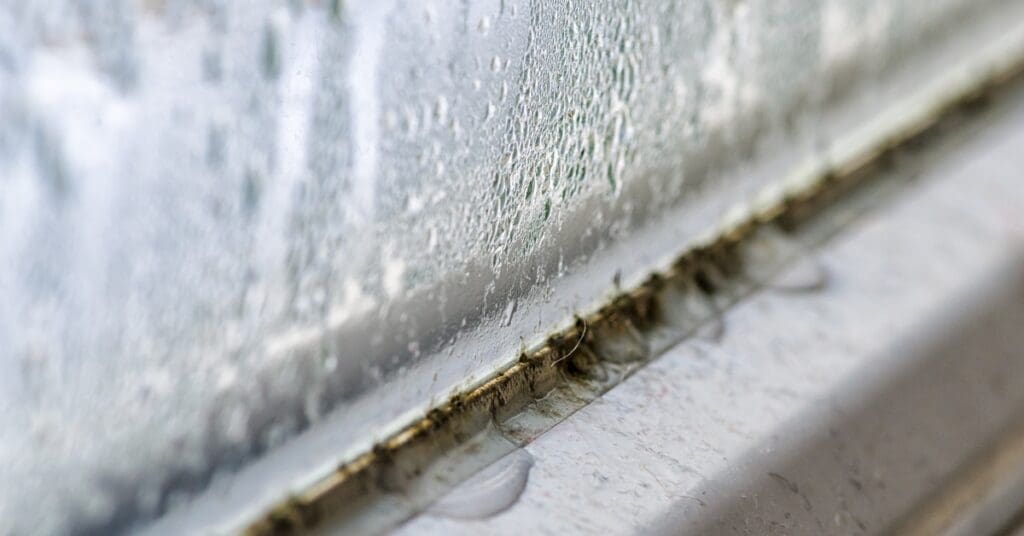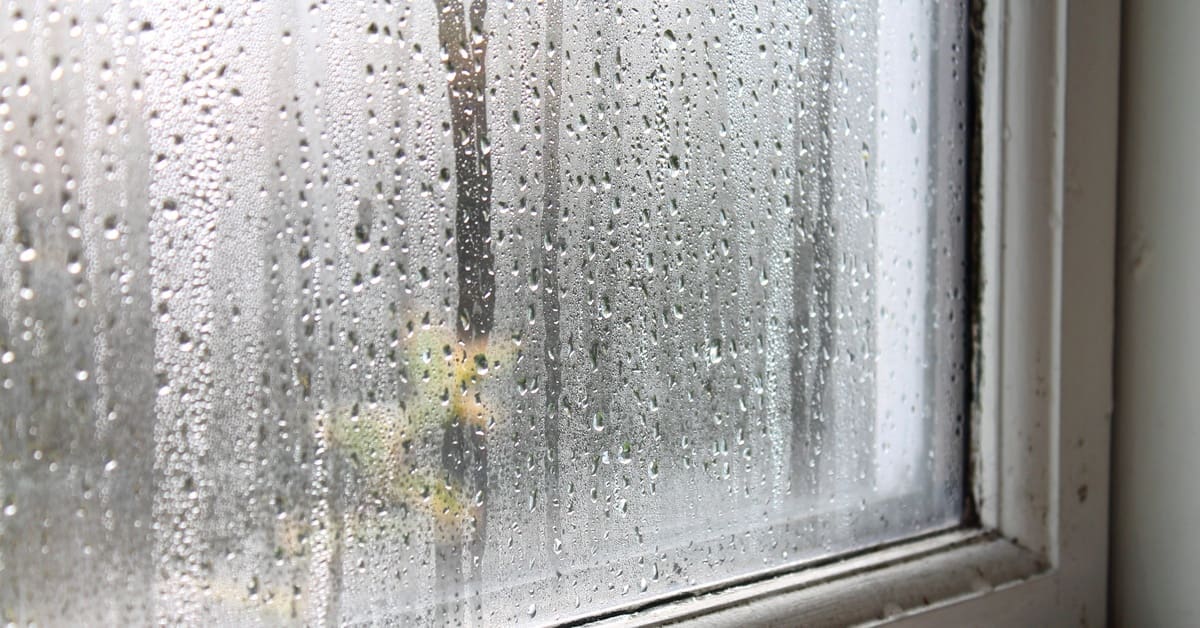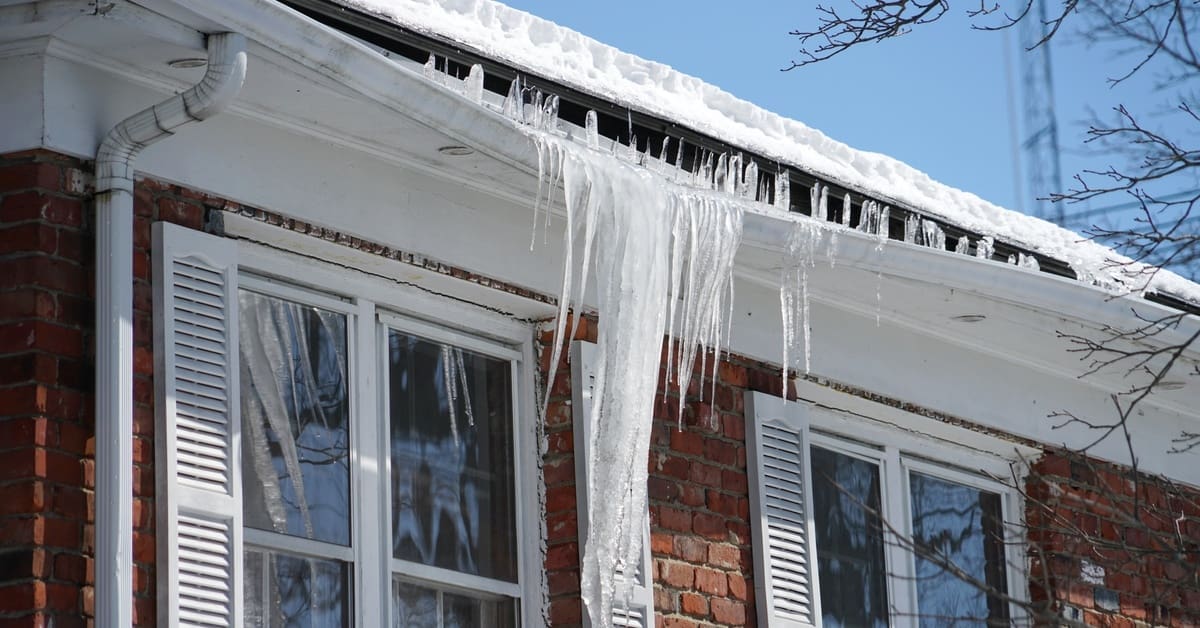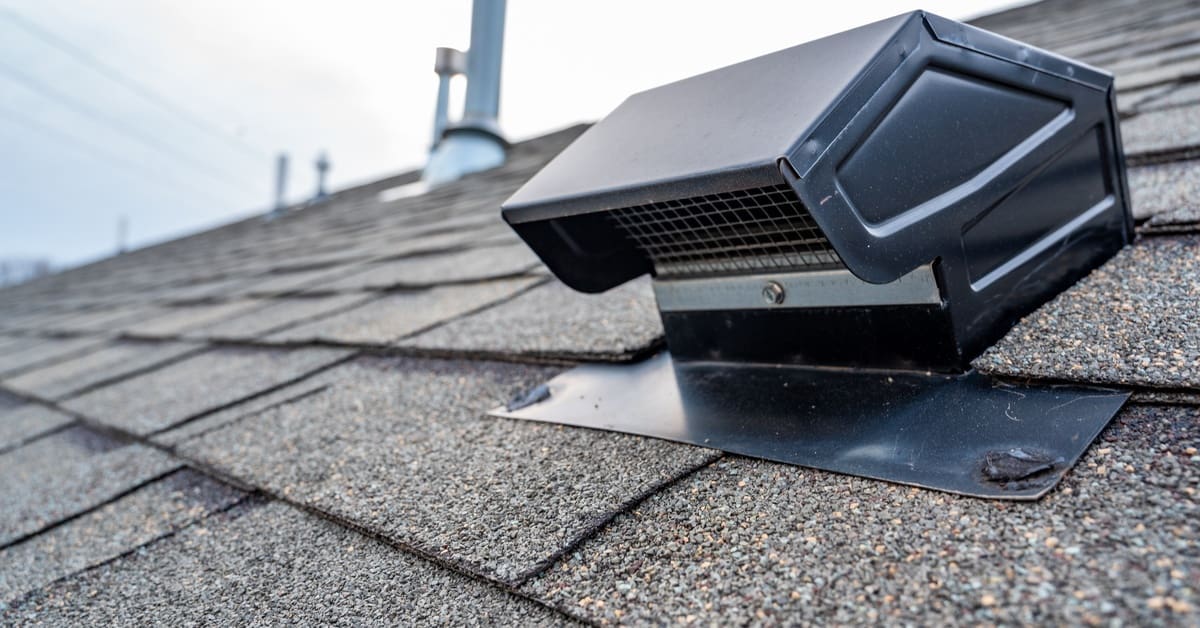Condensation on the inside of windows is a common issue for homeowners, renters, and property managers. While it may seem harmless, it can lead to mold growth, damage to window frames, and structural problems. Understanding five causes of condensation on windows and how to prevent it is essential for maintaining a comfortable and healthy living space.
We’ll explore the science behind condensation, common causes, and tips to minimize or eliminate it. Plus, we’ll cover professional window installation for high-performance upgrades.
Understanding Condensation
Condensation occurs when warm, humid air comes into contact with a cool surface, such as window glass. This process is driven by the dew point, or the temperature at which moisture in the air turns into a liquid. During periods of cold weather, when indoor air is warmer than the outdoors, condensation is noticeable on windows. The warm air inside a home cools rapidly as it meets the cold glass, causing moisture to form on the surface.
Windows are prone to condensation formulation because they are some of the coldest surfaces in a home, chiefly when the indoor air is warm and humid. While some condensation can be expected, persistent or excessive moisture can lead to bigger problems, such as mold growth, damage to window frames, and structural issues. Identifying the causes of moisture accumulation can help you take proactive steps to reduce its impact, starting with the type of windows in your home.
Common Causes
Condensation can occur for various reasons, including temperature differences and humidity levels. Here are five causes that contribute to the buildup of moisture on windows.
1. Fewer Panes, More Moisture Issues
The type of windows in your home affect the chance of condensation forming indoors. Single-pane windows are common in old homes, yet they offer little insulation against outdoor temperatures. As a result, these windows are far more prone to accumulating condensation than alternatives. When the cold air from outside touches the single pane of glass, it lowers the temperature of the interior surface, causing moisture to accumulate.
Upgrading to energy-efficient windows, such as double or triple-pane glass, can dramatically reduce condensation. These windows feature multiple layers of glass with insulating gases, such as argon, between them. This setup regulates the temperature of the glass and minimizes the difference that leads to condensation formulation. Additionally, modern windows have specialized coatings that enhance their ability to resist condensation while improving your home’s energy efficiency.
2. Inadequate Insulation

Another leading cause of condensation is inadequate insulation around the window frames. Old windows with poor insulation allow cold air to seep in, cooling the surface of the glass and creating an ideal environment for condensation. Drafty window seals or gaps around the window frame also contribute to the problem. Fortunately, modern energy-efficient windows can solve this issue.
Sealing cracks and gaps around your windows with weatherstripping or caulk can also help. Weatherstripping creates a tight seal and a more stable indoor temperature. This minimizes the temperature difference between the inside and outside, reducing the likelihood of condensation forming.
3. Poor Ventilation
Poor ventilation also contributes to excessive condensation on windows. Homes with limited airflow trap moisture inside, leading to more persistent condensation. Without ventilation, humidity builds up and settles on cold surfaces, such as windows. Bathrooms and kitchens are especially prone to this, as cooking and showering add moisture to the air.
Improving airflow within your home can reduce condensation. Open windows occasionally to allow fresh air in and replace the humid air inside. Make sure vents, such as those under heating systems or in bathrooms, are not obstructed by furniture or curtains to maintain good airflow. Regularly using exhaust fans in these areas can also expel humid air from your home.
4. High Indoor Humidity
High indoor humidity exacerbates window condensation. Everyday activities, such as cooking, showering, and drying clothes indoors, add moisture to the air. The more humid the indoor environment, the more likely you’ll see condensation on windows. This is particularly true during periods of cold weather when people usually don’t open windows in order to retain heat.
Managing humidity levels at their source is the key to decreasing condensation formulation. For instance, exhaust fans in kitchens and bathrooms can remove excess moisture. Leave fans running for about 15 minutes after showering or cooking to eliminate moisture. If persistent dampness is an issue, consider investing in a dehumidifier. It can reduce the moisture content in the air and prevent condensation from forming on surfaces.
5. Temperature Differences

When there’s a temperature gap, warm air inside the home meets the cold window surface, causing moisture buildup. This is a natural response to the varying temperatures.
It’s important to maintain a consistent indoor temperature in order to reduce the chances of condensation formulation. You can avoid drastic temperature fluctuations by using insulating curtains or blinds. However, open the blinds occasionally during the day to allow warm air to circulate around the window.
Smart Home Technology
Integrating smart home technology can provide greater control over indoor conditions. Smart thermostats and humidity sensors monitor your home’s temperature and humidity levels in real time. Then, they automatically adjust heating and cooling settings to maintain optimal indoor conditions and prevent moisture buildup. By maintaining consistent temperature and humidity levels, smart technology can minimize the likelihood of condensation.
Addressing Existing Condensation
Even with preventive measures, condensation may still appear on your windows, especially during extreme weather conditions. If condensation does form, address it to avoid long-term damage. Here are a few steps to manage condensation:
Wipe Down and Clean
Regularly wipe down the affected window surfaces with a microfiber cloth to remove moisture and prevent mold growth. Consider using a cleaning solution with anti-mold properties in damp areas to stop fungal growth.
Inspect for Damage
Check window frames and sills for water damage, discoloration, or rotting. These issues can indicate that water has been accumulating over time, which could lead to structural damage if left untreated. Repair or replace damaged parts to maintain the integrity of your windows.
Dry Problem Areas
If you notice persistent condensation on some windows but not others, dry those spots frequently. Doing this will prevent mold growth and water damage until you find a more permanent solution.
Maintain a Comfortable Home
Understanding the five causes of condensation on windows and how to prevent it is key to keeping your home comfortable and safe. You can reduce or eliminate condensation and protect your house by tackling humidity, insulation, and ventilation.
For the best solution, consider upgrading your windows with modern technology. Contact professionals for window installation in Wausau, WI to explore insulation upgrades and designs that blend style with top-tier performance.




